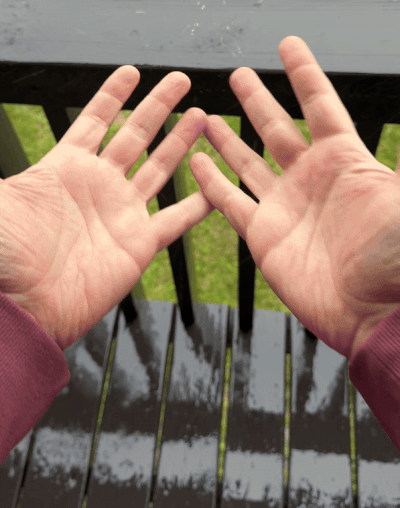One Man's Testing: Voice Recognition
/I reached a milestone recently that I wanted to tell you about.
It’s regarding phone magic and voice recognition inputs.
I had avoided voice recognition inputs for a long time. I was not alone in this. I think it was generally considered a bad idea. “People know about voice recognition,” people would say. That’s right, they do, I would think.
But as a test, a couple of years ago, I decided to use that input from time to time. I started using it with Earworm, I believe. At that point I told myself, “I’m going to use this until someone busts me on it.”
While I encourage the people I perform for to give themselves over to the experience of the trick. I don’t ask them to turn their brain off. And I frequently get them asking, “Hmm… is that a normal deck? Can I look at that coin? Is that a special Rubik’s cube or something?” Not all in one sentence like that (that would be a weird trick). But in general, I want people to poke and prod at how it might be done. It helps me make the trick stronger. And it makes it more baffling to them if I can prove wrong any assumptions they might have.
So I figured I would be called out on using voice recognition relatively quickly.
And yet, yesterday I had my 100th performance using that input without someone mentioning it. (Not just with Earworm, but also some of David Jonathan’s shortcuts, the new DFBX and more.)
So if you’ve been avoiding it… maybe you don’t need to? 🤷♂️
Now, you may want to avoid it because it can fail. Because it can “mishear” you. Which has happened to me five times in those 100 performances. Although less lately. Either it’s gotten better at discerning words or I’ve gotten better at enunciating how it wants me to, or both.
Why doesn’t it get called out? I have a couple of theories.
While people understand your iPhone can hear you, and you can tell it something to do, they’re more accustomed to you saying, “Hey Siri” or something like that. Most people who aren’t super-users of their phone don’t really think of setting key phrases to listen for, and then the phone doing something in the background once it hears those.
Talking is so essential to performing magic that it doesn’t really raise suspicion. I wrote long ago that suspicion is raised when you do something that feels unnecessary. Just talking doesn’t immediately trip that suspicion.
Now, this was “testing” that was done by me, for people I know. I would differentiate these results from the kind of results we get with wide-scale focus-group testing. I don’t have the confidence that these results are necessarily universal. But you may want to give it a shot if you’ve been avoiding using voice-recognition as an input.
And if you do get caught, play stupid. “Huh? What? You think when I said the name of the song you were thinking of the phone was listening and brought up that song on youtube? Wait… but I would have to ask Siri to do that, right? No? What do you mean? I’m confused. This sounds cool. Can you show me on your phone what you’re talking about?”
Turn it around and make them try to educate your dumbass.







